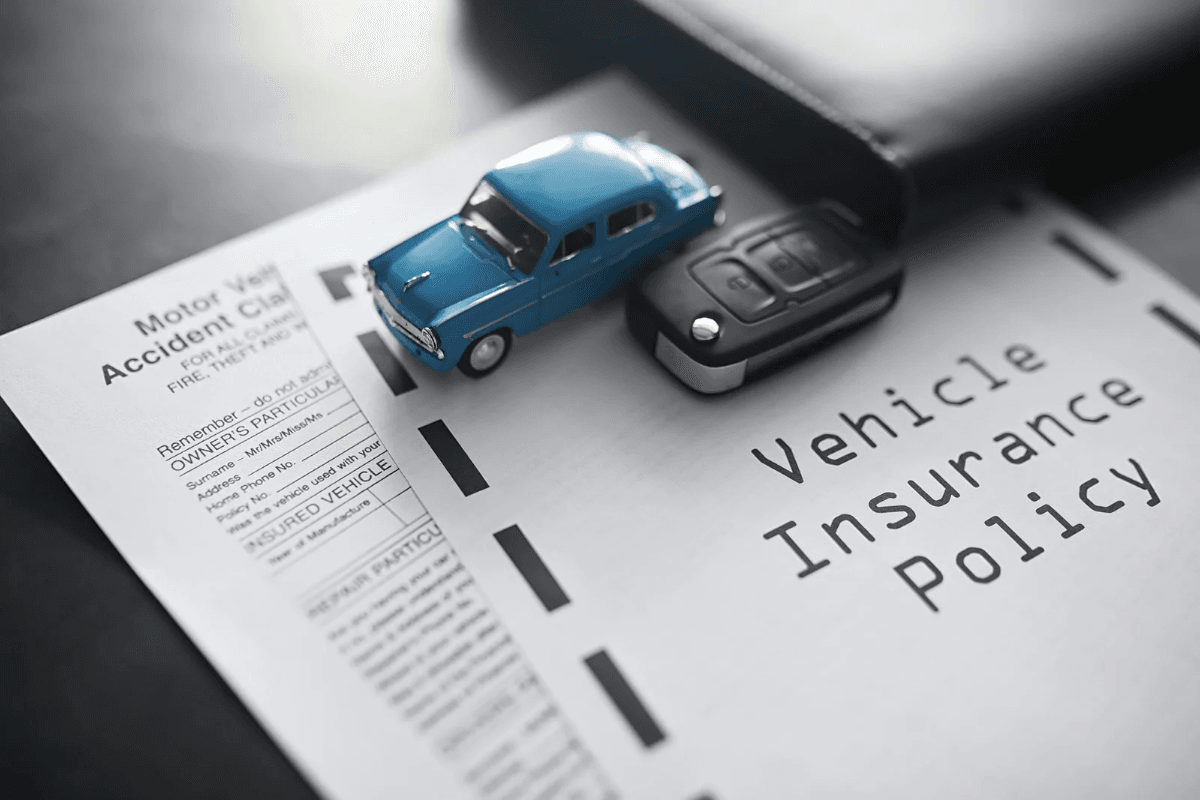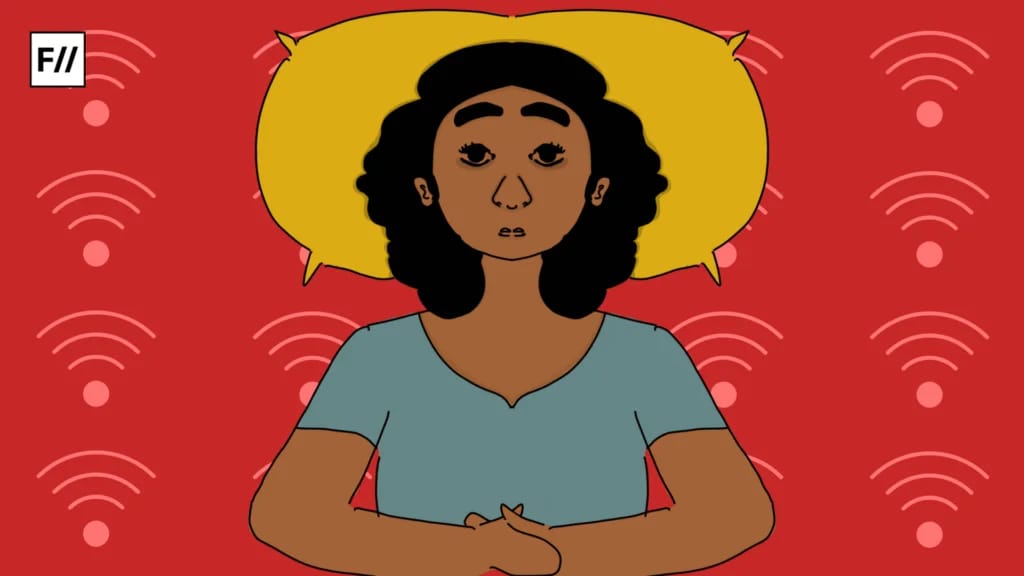Filing a third-party car insurance claim can seem complicated if you are unsure of the process. If you are involved in an accident where you are at fault or suffer damage due to another driver, knowing the correct steps is essential to ensure a smooth claim settlement.
This guide explains everything from reporting the incident to submitting the required documents and coordinating with the insurer.
This guide explains everything from reporting the incident to submitting the required documents and coordinating with the insurer. Understanding how to file a third-party car insurance claim will help you handle the situation efficiently and get the necessary compensation. Read on for a step-by-step breakdown of the process.
Step 1: inform your insurance provider immediately
The first and most crucial step in filing a third-party car insurance claim is notifying your insurer about the accident. Prompt reporting helps in a smoother investigation.
How to notify your insurer?
- Call your insurance provider’s helpline and report the accident.
- Provide details such as the accident’s date, time, and location.
- Note down the claim reference number for future correspondence.
- Avoid making any settlements or admitting liability before consulting your insurer.
Step 2: file an FIR at the nearest police station
A First Information Report (FIR) is mandatory for bodily injury or fatal accident cases. For property damage, an FIR may not always be required unless significant damage has occurred. Details to provide in the FIR:
- Description of the accident.
- Contact details of the third party involved.
- Witness statements, if available.
- Registration numbers of all vehicles involved.

Once the FIR is filed, obtain a copy, as required during the claim process.
Step 3: gather evidence from the accident scene
Although the third party is responsible for proving the claim, collecting evidence can help defend your case if needed.
What evidence to collect?
- Photographs of the accident scene, including vehicle damages.
- Medical reports or photographs of third-party injuries (if applicable).
- Video recordings, if possible.
- Contact details of witnesses.
Step 4: submit the necessary documents to your insurer
Once you have informed your insurer and filed an FIR, the next step is submitting the required documents.
Documents required for a third-party car insurance claim:
- Copy of the car insurance policy.
- FIR copy.
- Driving license of the insured vehicle’s driver.
- Registration certificate (RC) of the insured vehicle.
- Third-party details (if available).
- Witness statements, if applicable.
These documents are essential to validate your claim and help the insurer process the case smoothly.
Step 5: legal proceedings and accident tribunal
Unlike own damage claims, a third-party car insurance claim must go through the Motor Accident Claims Tribunal (MACT), where the third party files the case against your insurer. Insurers like Bajaj Allianz General Insurance Company appoint legal representatives to handle third-party claims and defend policyholders in tribunal proceedings.

Process of tribunal settlement:
- The third party must file a case with the MACT.
- Your insurer will appoint a lawyer to handle the case.
- The tribunal will assess the extent of damages or injuries.
- Based on the evidence presented, the tribunal will decide the compensation amount.
- If the tribunal approves the claim, your insurer will settle the compensation as per the court’s directive.
Step 6: compensation settlement by the insurer
Once the MACT finalises the compensation amount, your insurer will process the payment to the third party. The insurance company covers the compensation per the terms and limits specified in your third-party car insurance policy.
The insurance company covers the compensation per the terms and limits specified in your third-party car insurance policy.
Important points to note:
- The policyholder does not receive any compensation under third-party insurance.
- Compensation is subject to the tribunal’s decision.
- For property damage claims, the maximum compensation limit is INR 7.5 lakh as per IRDAI regulations.
- For bodily injury or death cases, compensation is determined by the court based on various factors such as income loss and medical expenses.
Tips to ensure a smooth third-party car insurance claim process
To avoid unnecessary delays and ensure successful claim approval, keep the following tips in mind:
- Always Drive with a Valid Insurance Policy: Ensure your car insurance policy is active and renewed on time.
- Do Not Delay in Reporting the Accident: Immediate intimation to your insurer increases the chances of a smooth claim process.
- Avoid Making Direct Settlements: Let your insurer and the tribunal handle the compensation amount.
- Maintain All Necessary Documents: Keep copies of your insurance policy, FIR, vehicle documents, and claim reference number.

- Cooperate with Legal Proceedings: Be available for any required legal formalities and cooperate with your insurer’s legal team.
Why is having a third-party car insurance policy essential?
- Legal Compliance:
Under the Motor Vehicles Act, 1988, it is mandatory for all vehicle owners to have at least a third-party car insurance policy. Driving without one can lead to legal penalties and fines.
- Financial Protection:
Accidents can result in significant financial liabilities, especially when third-party damages are involved. A third-party car insurance policy ensures that these expenses are covered within the policy limits, reducing your financial burden.
- Peace of Mind:
Knowing that your insurer will handle legal and financial aspects in case of an accident allows you to drive stress-free.
Filing a third-party car insurance claim may seem complex, but following these step-by-step guidelines ensures a smooth and efficient claim process. The key lies in prompt action—report the accident to your insurer, file an FIR, collect evidence, and submit the necessary documents.
The key lies in prompt action—report the accident to your insurer, file an FIR, collect evidence, and submit the necessary documents.
Understanding the process of third-party claims helps you handle accidents responsibly and ensures compliance with legal requirements. So, ensure your car insurance policy is always active and drive responsibly!
*Standard T&C Apply
**Visit the official website of IRDAI for further details.
***Insurance is the subject matter of solicitation. For more details on benefits, exclusions, limitations, terms, and conditions, please read the sales brochure/policy wording carefully before concluding a sale.
****Claims are subject to terms and conditions set forth under the motor insurance policy.
About the author(s)
Partner Content is carefully curated and socially relevant sponsored content created by FII's marketing team. It is separate from FII's editorial content and is identified as sponsored.




